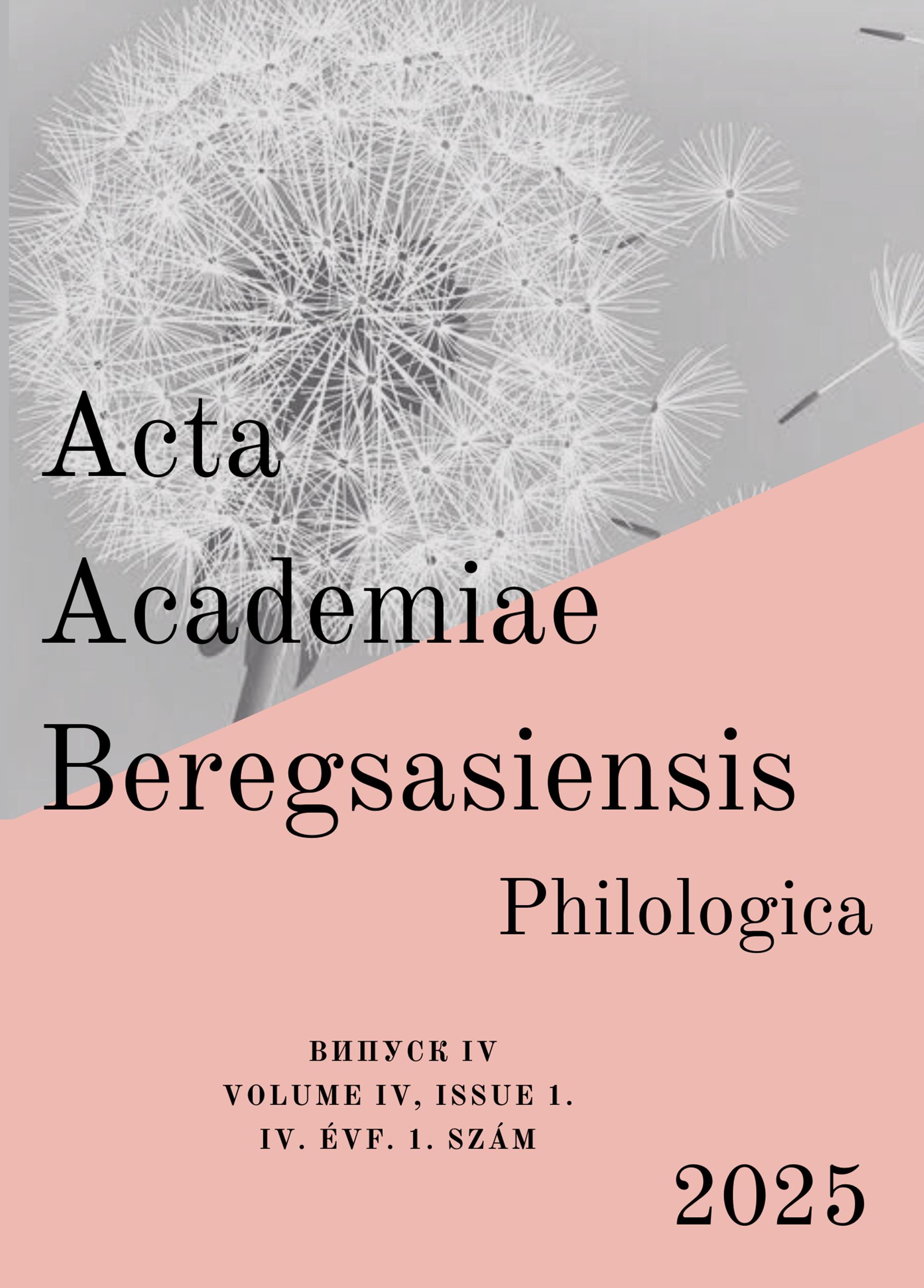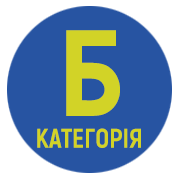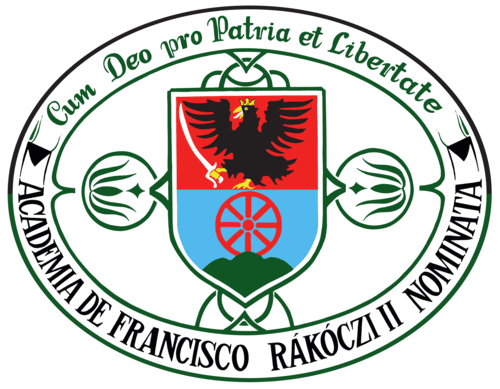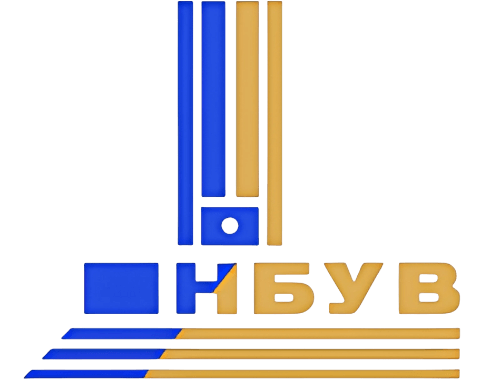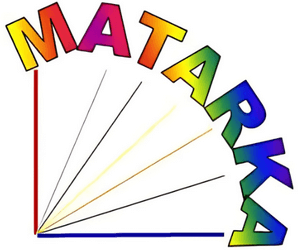Peculiarities of language use in Soviet-annexed Transcarpathia based on the materials of the Vörös Zászló district newspaper (1945–1946)
DOI:
https://doi.org/10.58423/2786-6726/2025-1-26-44Keywords:
Transcarpathia, Soviet Union, Hungarian language, press language, linguistic peculiaritiesAbstract
The historical analysis of press publications has a strong tradition. At the same time, the writings appearing in them can also serve as important sources from a linguistic perspective. They allow for the examination of phenomena such as changes in spelling, the emergence of new words, or – in the case of newspapers published in minority contexts – the peculiarities of the linguistic situation. Within the framework of this study, the linguistic characteristics of the Berehove district of Transcarpathia in 1945–1946 were analysed based on materials from the district newspaper Vörös Zászló. The aim of the research was to present linguistic peculiarities arising from the influence of a second language.
Examining the newspaper’s articles with regard to regional name usage is also noteworthy. In addition to the designation Kárpáti terület, the term Zákárpát-terület also appears several times, reflecting the influence of the Ukrainian and Russian languages. An interesting aspect of this name usage is that in the 1946 issues, the theoretically official but linguistically unstable spellings zakarpatszkai, zákárpátszkai, and zakarpátszkai terület appeared only six times in total. Even less frequently – only once or twice – were the later common terms Kárpátontúl or Kárpátontúli terület used. However, the most frequently encountered designation was Kárpátalja, which appeared 33 times in the 1946 issues alone.
The uncertainty in name usage is not limited to the region’s name. The newspaper contains multiple variations of settlement names, none of which are used consistently. The choice of name form often depended on the writer’s preference, leading to independent occurrences of names such as Bátyú and Vuzlove. A frequently observed phenomenon is the simultaneous use of Hungarian and Slavic settlement names as clarifications, such as Zmijivka (Kígyós), Lipove (Hetyen), Csetovó (Csetfalva) and Csopivka (Ardó).
The issues of Vörös Zászló from the examined period also contain numerous spelling inconsistencies, likely resulting from authorial or printing errors. Examples include variations such as kontrol-bizottság – kontroll-bizottság and volébal – voléball. These inconsistencies could be listed extensively, but a more interesting question is the uncertainty surrounding the use of Slavic-derived words related to state administration. The Hungarian adaptations of these terms likely emerged based on the authors’ individual preferences. For instance, the movement named after Alexei Grigoryevich Stakhanov is variously referred to as sztachanovisták and sztahhanovisták.
The newspaper also contains numerous historical terms from the era, which are now rarely used even in historical texts or appear in different forms. These include words such as bolsevikiek, narodnyik, zemsztvó, and Kompárt.
As evident from the above-mentioned results, following the annexation of the region, Soviet authorities sought to rapidly and intensively establish the missing institutional framework while simultaneously promoting the party ideology. The latter goal was prioritized, and all possible means were employed to achieve better results. Local authorities and the press actively participated in the ideological education of the population, leading to news reporting that was both ideologically coloured and influenced by the uniformization and Sovietization of political, social, and economic life. As a result, numerous Russian and Ukrainian loanwords and concepts entered Hungarian usage.
Some of these words have since become archaic and fallen into passive use due to their ideological connotations. However, others, less tied to party ideology, have remained in active use to this day.
References
Bognár Zalán 2012. A kárpátaljai magyar és német polgári lakosság tömeges elhurcolása szovjet hadifogságba. Orpheus Noster. A KRE Eszme-, Kultúr-, és Vallástörténeti Folyóirata 4/2: 46–60. o.
Botlik József 2003. Kárpátalja mint Zakarpatszka-Ukrajna autonóm szovjet tagköztársaság (1944. november 27. – 1946. január 22.) II. Valóság 46/11: 17–38. o.
Botlik József 2019. Kísérletek szovjet „Nagy-Kárpátalja” létrehozására 1944–45-ben. Trianoni Szemle 11/1–2: 63–73. o.
Csernicskó István 2013. Államok, nyelvek, államnyelvek. Nyelvpolitika a mai Kárpátalja területén (1867-2010). Budapest: Gondolat Kiadó.
Dupka György 2020. A kárpátaljai magyarság, németség elhallgatott tragédiája, 1944–1946. Budapest–Ungvár: InterMix Kiadó.
Gyalmos János 1933. Latin eredetű képzőink. Magyar Nyelv 29/7–8: 221–235. o.
Horváth Jenő 2005. Világpolitikai lexikon 1945-2005. Budapest: Osiris Kiadó.
Illyés Elemér 1989. Kárpátaljáról jelentik. Katolikus Szemle 41/1: 73–76. o.
Kótyuk Erzsébet 2000. A népi gyógyítás hagyományai egy kárpátaljai magyar faluban. Örökség I. Budapest: Európai Folklór Intézet – Osiris Kiadó.
Máthé Áron 2023. Több mint 150 tény az ukrán-magyar kapcsolatról. 30 év mérlege. Budapest: Századvég Kiadó.
Molnár D. Erzsébet 2015. Kárpátaljai magyarok a szovjetunió hadifogoly- és munkatáboraiban (1944–1953). Doktori értekezés. Debrecen: Debreceni Egyetem. Elérhető: https://dea.lib.unideb.hu/items/66c29e50-7bbf-4c37-ace6-8dc48815995c
Oficinszkij Román 2010. A szovjet–csehszlovák tárgyalások és egyezmény Kárpátalja sorsáról. In: Fedinec Csilla – Vehes Mikola (főszerk.) Kárpátalja 1919–2009. Történelem, politika, kultúra. Budapest: Argumentum – MTA Etnikai-nemzeti Kisebbségkutató Intézete. 242–244. o.
T. Somogyi Magda 2011. Janurik Tamás, Magyar képzőszótár. A mai magyar köznyelv képzőváltozatai. Akadémiai Kiadó, Budapest, 2009. XXVIII + 337 lap. Magyar Nyelv 107/2: 227–232. o.
Tornai Csongor Gáspár 2020. A kárpátaljai magyarság erőpróbái (1944–1946). In: Vörös és fehér: Társadalmi-politikai átmenetek Északkelet-Magyarországon a 19–20. század fordulójától. Eger: Eszterházy Károly Egyetem – Líceum Kiadó. 325–337. o.
Vida István – Zseliczky Béla 2004. Az 1945. június 29-i szovjet–csehszlovák szerződés Kárpátaljáról. Külügyi Szemle 3/1–2: 232–260. o.
Zseliczky Béla 1998. Kárpátalja a cseh és szovjet politika érdekterében 1920–1945. Politikatörténeti füzetek X. Budapest: Napvilág Kiadó.
Downloads
Published
Issue
Section
License
Authors retain copyright and grant the journal the right of first publication. The work is simultaneously licensed under a Creative Commons Attribution 4.0 International License (CC BY 4.0), which permits others to share the work with appropriate credit given to the author(s) and the initial publication in this journal.
